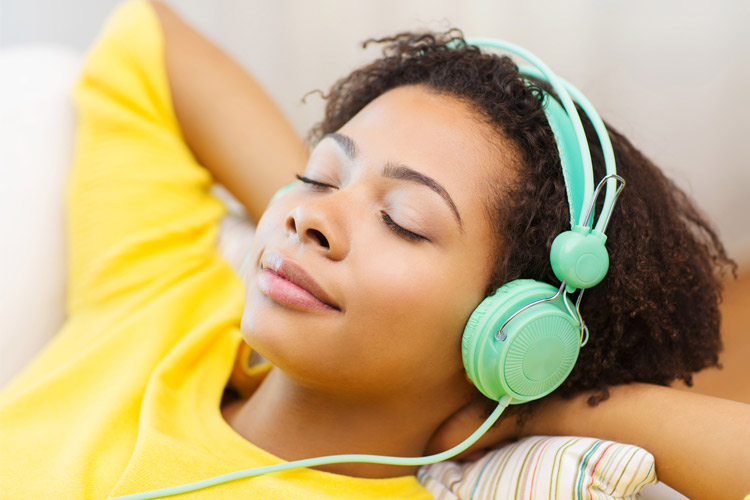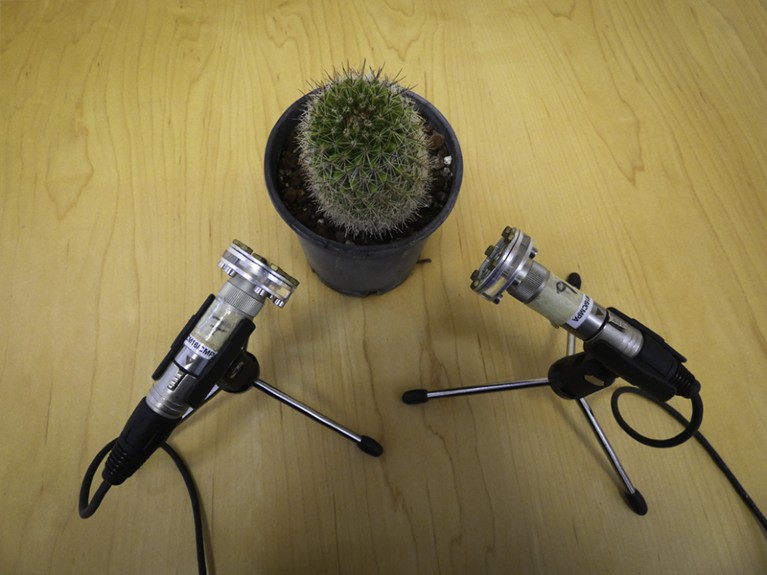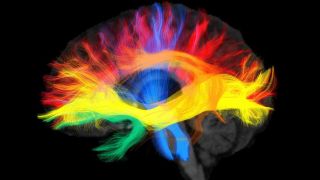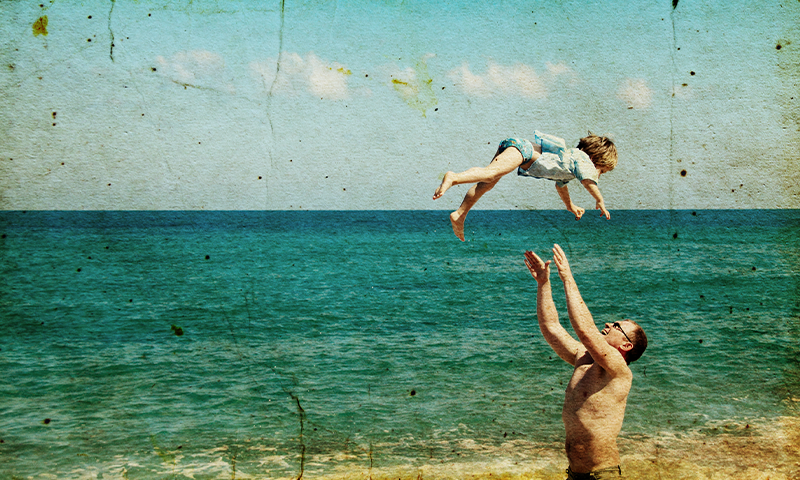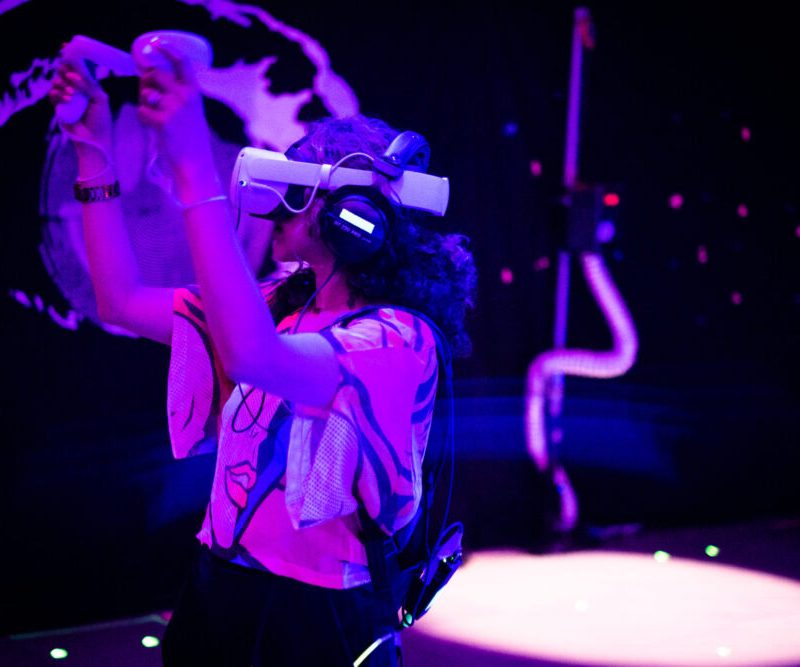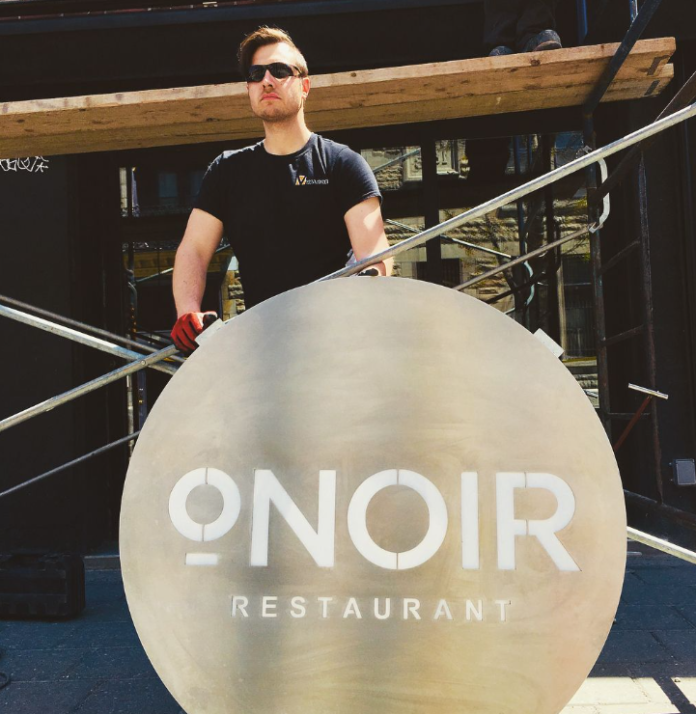Isolating sound forces you to pay attention to that sound, to what you associate with that sound and to the effect it has on your body. TNS
Mary McNamara
I have seen the saviour of print journalism, and it is ASMR videos.
Hours into a days-long journey through the whispering, tapping, crinkling, crackling tingle-inducing caverns of YouTube’s ASMR community, I came across several videos that consisted of a pair of hands flipping through the Los Angeles Times.
First the sections were flipped open and the ads removed. Some ads were unfolded and briefly examined; in one video, a few items were cut out with nail scissors. Then each section was separated from the others and “read,” often in a double-truck wingspan, more usually folded into single pages.
There was no commentary. The only sound was that of the paper itself, the broad flap of a section spread wide, the sliding swoop when the spine of each section was slicked down, the sharper crinkles of inevitable hump where the paper was folded being smoothed down.
So it’s a video of what many still say about print products — that the sensory satisfaction of handling them is part of their appeal. An appeal that cannot be satisfied by even the finest digital platform.
Not exactly what you expect to find on YouTube in general or an ASMR video in particular.
Autonomous sensory meridian response is the sparkling or tingling sensation on the scalp and neck caused by certain sounds, often referred to as triggers. These include whispering, chewing, brushing, tapping, tongue clicks, paper flipping, plastic crackling, skin or scalp scratching, liquid moving in a container, and breathing.
Fans describe ASMR as relaxing, even sleep-inducing; certainly they are mesmerising, at least as long as someone doesn’t shout in from another room, “What on earth are you watching?”
Fingernails tapping on various surfaces figure heavily in ASMR videos, as do brushes (hair and makeup) and the viscous toy known as “slime.” There are ASMR food videos (in which food is unpackaged, prepared and/or eaten), role-playing videos (in which ASMR guides perform real or imagined haircuts, massage, makeovers or skin care regimens). There are videos in which people simply open packages, not to reveal the contents but the sounds.
Fans describe ASMR as relaxing and even sleep-inducing. TNS
Videos from top ASMR artists, including Gibi, Gentle Whispering and ASMR Darling, have ads from film studios and restaurant chains, but many of the uninitiated are still shocked to discover that top artists make a lot of money speaking in whispers while swooshing a makeup brush over a microphone or tapping a French manicure against a piece of corkboard.
All of which just strengthens arguments for the importance of haptic perception. The belief that the experience of actively exploring a thing through touch and movement has affected areas including education and psychology, and haptic technology is a growing part of personal device design and virtual reality.
By watching ASMR videos, we prove our dependence on a variety of sensory stimuli and our increasing need to have everything curated for us.
Not surprisingly, it has become a rather divisive topic, with some believing that many ASMR videos are art, while others see them as one more symptom of digitally induced brain rot. They are easy to make fun of or satirise, and many people do.
China recently banned ASMR videos, calling them vulgar, and you know something is going on when China bans it.
Isolating sound forces you to pay attention to that sound, to what you associate with that sound and to the effect it has on your body. So the sound of hair being brushed is evocative of being cared for; a kindly whisper, of intimacy.
It is easy to get lost in the warren of ASMR videos, to sit and click and let women pretend to cut your hair or give you an eye exam, to shiver as silver-painted nails lull you to sleep by tapping on glass and scratching a wooden box. There’s nothing wrong with a good tingle.
But the touch many of these sounds evoke can be real; the sounds are just sounds of daily life. Your dog’s nails on the concrete, the crunch of footsteps in the snow, the hollow flap of a newspaper being shaken open, the tap of the keys on my laptop as I write this.
The tingle is all around us. We just have to be quiet sometimes and listen.
Tribune News Service

